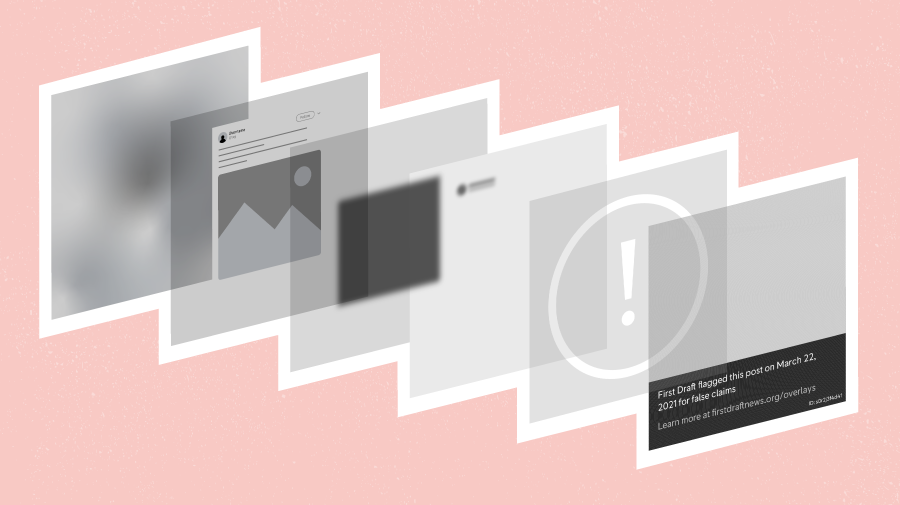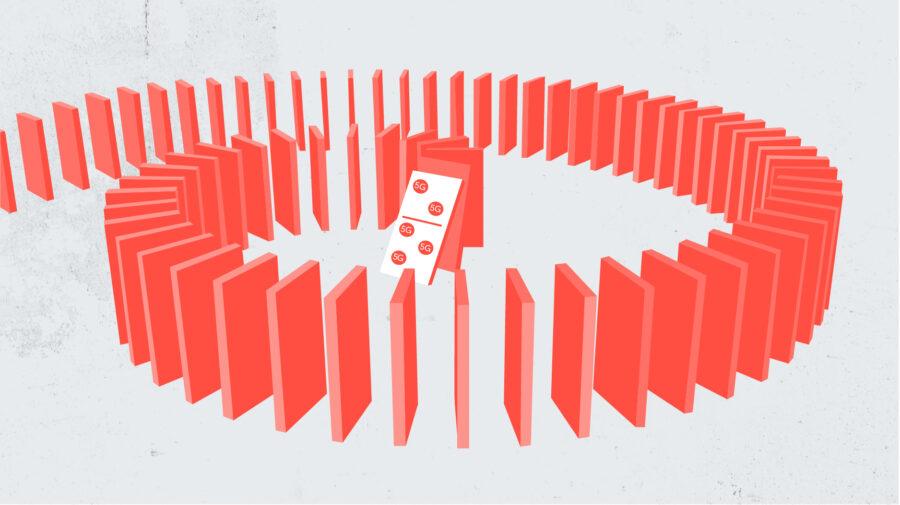“The 2019-nCoV outbreak and response has been accompanied by a massive ‘infodemic’ — an over-abundance of information — some accurate and some not — that makes it hard for people to find trustworthy sources and reliable guidance when they need it.”
– WHO Situation Report, February 2, 2020.
The World Health Organization held the world’s first infodemiology conference at the end of June. Rather than the usual mixture of seminars, lanyards and networking that accompanies most industry events, experts dialed in from their homes and offices to discuss the details of the problem over video chat.
In his keynote speech, Saad Omer, director of the Yale Institute for Global Health, urged viewers to think of the policy and practice of combating the “human catastrophe” of the pandemic “from a consequentialist perspective.”
“What we do is mainly judged by the outcomes that it generates, the outcomes of the activity itself,” he explained.
“I would submit that in a pandemic, where we are dealing… with the fierce urgency of now. That’s the imperative we should follow.”
The mainstream conversation about misinformation developed in the wake of the 2016 US election and has largely focused on politics, where its consequences are often relative, subjective or unknowable. Did Russian “fake news” swing it for Trump? It’s a question many studies have tried and failed to answer.
The consequences of misinformation about the coronavirus have, for some, been death. At least 44 people in Iran died in the early weeks of the pandemic from drinking bootleg alcohol in the mistaken belief it would protect them. Gary Lenius, a man in his sixties from Phoenix, died after drinking fish tank cleaner he mistakenly believed contained hydroxychloroquine, the drug promoted by President Donald Trump, which has since been dismissed by scientists as ineffective against Covid-19.
In Texas, a man in his thirties was reported in early July to have attended a “Covid party” held by someone who had been diagnosed with Covid-19 to test whether others would become infected and to “see if the virus is real,” according to Jane Appleby, chief medical officer of Methodist Healthcare in San Antonio.
“Just before the patient died they looked at their nurse and they said, ‘I think I made a mistake. I thought this was a hoax and it’s not,’” said Appleby.
We don’t know how this man had been led to believe the pandemic was a hoax, but we can assume that he found those arguments more compelling than the news reports, death tolls and stories of tragedy, which have dominated 2020.
We recently published a series of articles delving into the psychology behind this behavior, and it is at the core of the infodemic problem. The coronavirus poses a serious threat to life but, seven months since doctors first warned the WHO of a dangerous new type of coronavirus, we still don’t know everything about Sars-Cov-2 to give the virus its scientific name. That combination of uncertainty and fear has meant many people have tried to find their own answers and, in some cases, it’s killing them.
“Humans have an emotional relationship to information,” said Claire Wardle, First Draft’s US director, at the infodemiology conference.
“It doesn’t matter how educated you are, we are all susceptible to information that reinforces our worldview, and we are all drawn to that kind of information because it makes us feel something.”
In March, First Draft identified the distinct types of misinformation accompanying the pandemic, summarized most simply as the origin, spread, symptoms, treatments and responses. In the subsequent months these mistruths have snowballed, as existing conspiracy theories about vaccinations or new technology or global elites coalesce around the coronavirus and the attempts to mitigate its effects.
It is six months since that first announcement by the WHO declaring a crisis in information that could derail the fight against a highly infectious virus that kills indiscriminately. At First Draft, those months have been spent tracking the infodemic, investigating the sources and evolution of the misinformation that has circulated so perniciously, working with our network of CrossCheck partners to support newsrooms, and publishing courses, resources, webinars and guides to help as many people as possible protect themselves from the harms of coronavirus misinformation.
Throughout August, First Draft will publish a series of articles highlighting some of the key ways in which the infodemic has produced real-world consequences, how we can understand it, and what we can do about it.
“The difference between the facts and the truth” is the first in this series, published on our Medium publication, Footnotes. Tommy Shane, First Draft’s head of impact and policy, addresses the different modes of understanding that underpin how we approach knowledge and what that can tell us about conspiracy theories, misinformation and the worrying growth of those who resist measures to halt the spread of the coronavirus.
Much like the pandemic, we need to understand the infodemic if we are going to address it. We are still a long way from a solution for either. This series will hopefully be another step along the path to fixing the second of those problems, one that could have a significant impact on the first.
This article is part of a series tracking the infodemic of coronavirus misinformation.
Stay up to date with First Draft’s work by becoming a subscriber and following us on Facebook and Twitter.





